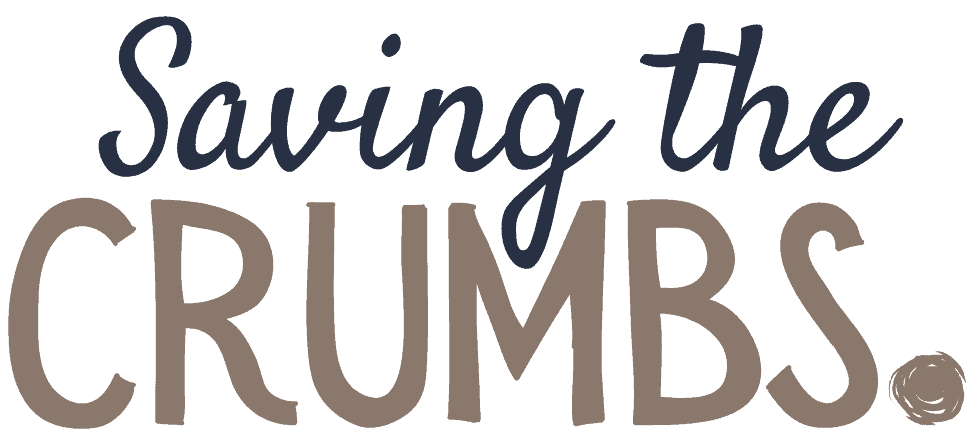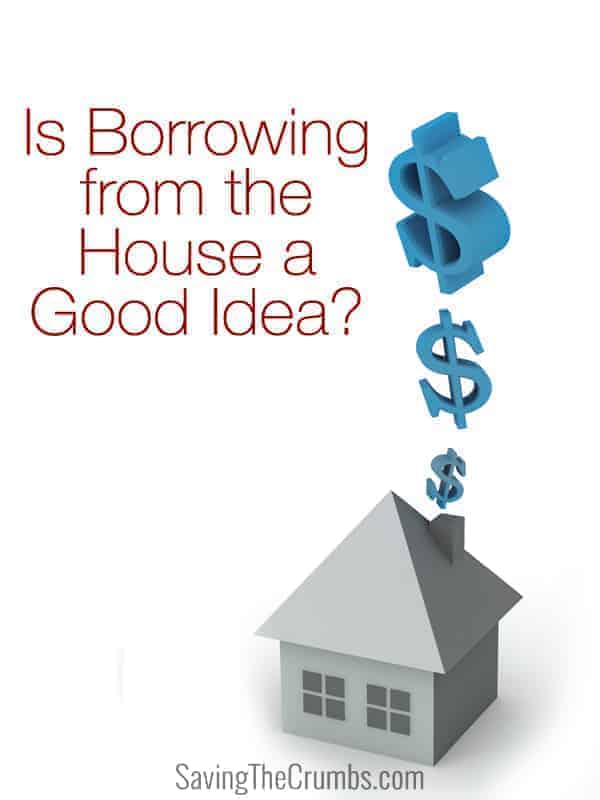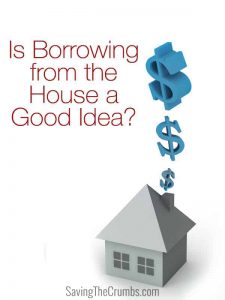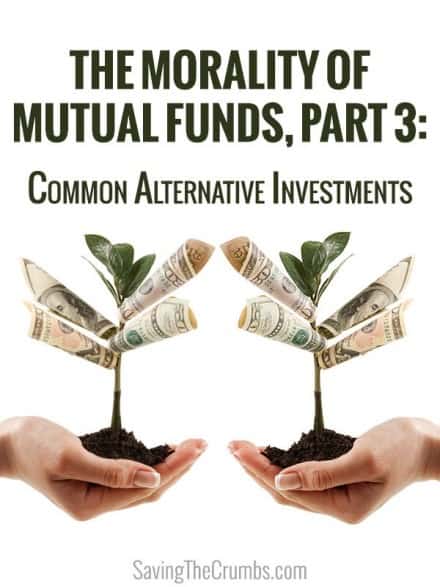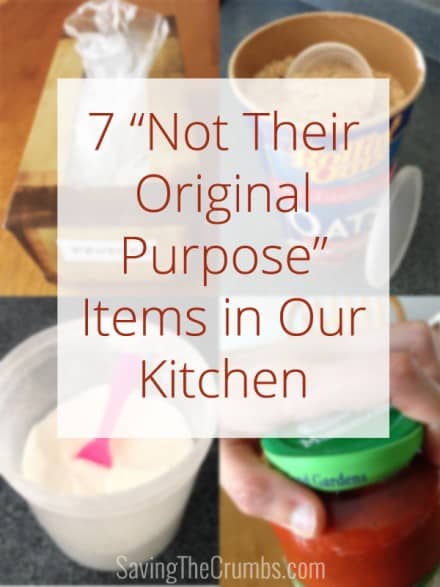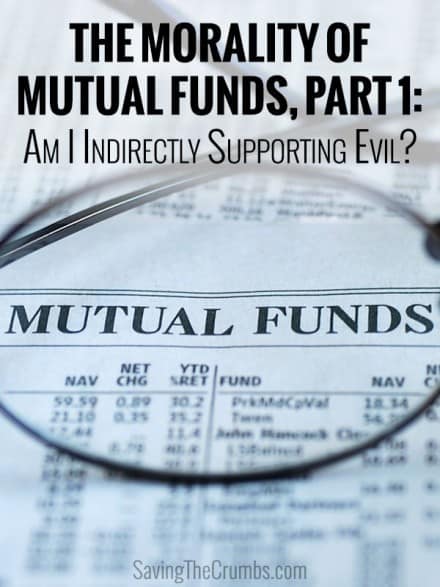In what can be considered part two to last week’s post on whether our home is the best financial investment, I want to take a look at one common practice that was not mentioned last time: Borrowing from the house.
Indeed, the ability to build up equity in a home and to borrow against it is considered one of the greatest financial “hacks” of modernity. It works like this: You buy a house and build equity in it by paying down your mortgage. All the while (assumedly), the value of your home appreciates. Then you can borrow against the now higher value of the equity that you have built up in the house.
Here’s a hypothetical example to illustrate: You purchased a $200,000 home some time ago and you’ve paid off $100,000 of it—meaning you have 50% equity in the property. In the intervening time, the value of the house doubles to $400,000, and so that 50% equity stake has appreciated to $200,000. So you theoretically have an extra $100,000 now to “borrow” from. Not only that, the interest on what you borrow is sometimes even tax-deductible! Sounds like free money, right?
Well, it is only if you don’t plan on ever paying off the house! You see, this entire plan is predicated on the assumption accepted by most Americans that a mortgage is simply an unavoidable way of life. So since they’ll be making monthly payments anyway, why not take advantage of that “extra” money to spend on stuff? As amazing as it may all seem, one simple fact remains: You still have to pay that money back.
But of course, everything changes when the plan is to get out of debt (including the mortgage) as fast as possible and to STAY out of debt!
Going to HEL in a HE(ad)LOC
There are generally two ways of borrowing from the home. The first is called the Home Equity Loan (HEL), and it is essentially taking out a second mortgage on the house, often done in conjunction with refinancing to a lower interest rate. With a HEL, you pull out a lump sum of money from the home at one time and pay it back over a set period of time like a regular mortgage. (15-year/30-year, fixed-rate/adjustable rate, etc.)
The second kind is called the Home Equity Line of Credit or HELOC. As a line of credit, this type of loan essentially turns your home into a credit card. You have direct access to the value of your home, and you can borrow whatever amount you want whenever you want. In fact, in some cases, you actually might get a charge card to withdraw directly from the value of your house! However, HELOCs almost always have variable interest rates, which means you have the risk of the interest rate going up.
In both cases, there are costs to initiating the loans—much like appraisal and closing costs on first mortgages. The interest rates for these types of loans are typically not as low as first mortgages, but the interest is often still tax-deductible.
Here’s the most important thing to remember about both the HEL and HELOC: These loans are secured by your house. If you don’t make the payments, you lose your home.
You Can Borrow to Invest!
One of the most common reasons given by advocates for the use of these types of loans is to borrow to invest. For example, a real estate investor might borrow from his home for a down payment to purchase an investment property or some other business investment. The strategy is to take money from one appreciated asset at a reasonably low interest rate, and invest it in another faster appreciating asset. Sounds shrewd, right?
What could possibly go wrong?
In principle, this is no different than the argument we discussed in the post “Paying Off the House: Smart Move or Silly Mistake?” about paying off the house as slowly as possible in order to invest. This is simply arguing for the use of leverage to invest. It makes mathematical sense when calculating potential returns, but it massively increases risk. If your investments tank (stock market collapses, you have no renters, etc.) you might lose your home! Not a way to sleep well at night, if you ask me.
It Gets Worse
While some people might defend HELs and HELOCs so they can “borrow to invest”, the cold sad fact is that most people aren’t investing with what they borrow. They’re simply SPENDING IT!
The more common reasons given for taking out a HEL or setting up a HELOC is for things like taking a big vacation, making a big renovation to the house, buying a new car/boat/toy, financing someone’s education, paying for a big wedding/party, etc. In other words, in most cases, we put our home at risk simply in order to buy stuff that we were too impatient (or irresponsible?) to save up for some other way.
I hate to be harsh, but this is not only ridiculously risky but it is an abominable waste of money. Just think, we pay interest on our first mortgage to build up equity in “our own” house, then we pay closing costs again in order for us to borrow “our own” money, only to pay interest again to pay back “our own” money.
I don’t know about you, but it doesn’t sound like we “own” much of anything in this story. The fact is, as long as we are in debt, we are beholden to the lender even though we call it “borrowing from ourselves”.
The One Exception
Despite all that has been said so far, I won’t go so far as to say that no one should ever borrow from the house under any circumstances. Here is one exception where borrowing from the home might be a good idea, but even it isn’t always clear-cut.
If we are in the process of the paying off debt, it might simplify things and lower interest expenses to consolidate high interest debt into a lower interest home equity loan—but only if it gets paid it off ASAP.
Here’s the thing. Don’t just look at the lower interest rate and assume that it’s going to be honky-dory. Stretching out a payment over the longer payoff period can cost dearly. For example, suppose we owe $25,000 at 18% on our credit card and we have the capacity to pay it off in 5 years. Would it be better to consolidate that into a 6% 30-year home equity loan? At first glance, it seems like the better option, but take a closer look at the math:
30-year 6% HEL = $29,000 in interest ($54,000 total)
5-year 18% Credit Card = $13,100 in interest ($38,100 total)
In other words, if you consolidate into a HEL with it’s lower monthly payment and intend to keep it for 30 years, you would be better off keeping the insane 18% interest rate and paying it off in 5! The point with debt consolidation is to lower your interest rate while concurrently paying it off as fast as humanly possible!
And Don’t Forget…
I would be remiss to remind us of one more thing. HOME VALUES CAN DECREASE! It’s fun thinking of all that “free money” we’ve gotten in the appreciated value of the home when the good times are rolling, but imagine consolidating a bunch of debt, major expenses, big purchases, and/or the kids’ education all into that house, only to have its value drop like a rock right afterwards. That’s no longer “free money”, my friends, but rather free headaches!
A Few Things to Keep in Mind
So by now you can probably see that I’m not a huge fan of borrowing from the house, even though I leave the door slightly ajar for a few exceptions. Here are a few principles I’d like to leave you with that, I hope, can help to guide our thinking regarding such things.
- Wealth is not determined by how much we earn or spend, but rather how much we own—also known as our net worth. So don’t get sucked into the common money-sucking fallacy that your house makes you rich because it’s a giant piggy bank that you can raid in order to buy yourself more stuff.
- Until you pay something off, you don’t truly “own” it—the bank does. Remember that the only person that is getting rich when we continue making interest payments is the bank. It’s silly to think that we are “borrowing from ourselves” when all we’re doing is extending our slavery contract with the lender. The Crumb Saver way is to pay off the house COMPLETELY!
- Never borrow money to buy depreciating assets. Paying full price is bad enough, but paying MORE than full price is simply unconscionable! Things like cars, vacations, weddings, and others like them should be purchased outright, not financed with debt. While borrowing in order to buy something that increases in value over time (like investments, a home, an education) is sometimes excusable, it still ups the risk factor and should be avoided as far as possible.
- Be patient, be content. It’s the impatient, “buy now, pay later” mentality that has plagued our society so much. We think that we deserve to get whatever we want, whenever we feel like it, and that we are entitled to the same standard of living as everyone we choose to compare ourselves with. You want to know something amazing? It’s OK to wait a few months (or years!) to save up slowly for something. And it’s not abnormal to actually pay cash for stuff. In fact, it is positively INCREDIBLE to live completely debt free!
Finally, to cap things off, I just want to reiterate our conclusion from last week’s post. In buying a house, we are buying a place to live, to make memories, to build relationships, and to find joy—is it really worth it to put all this at risk by borrowing from our home?
